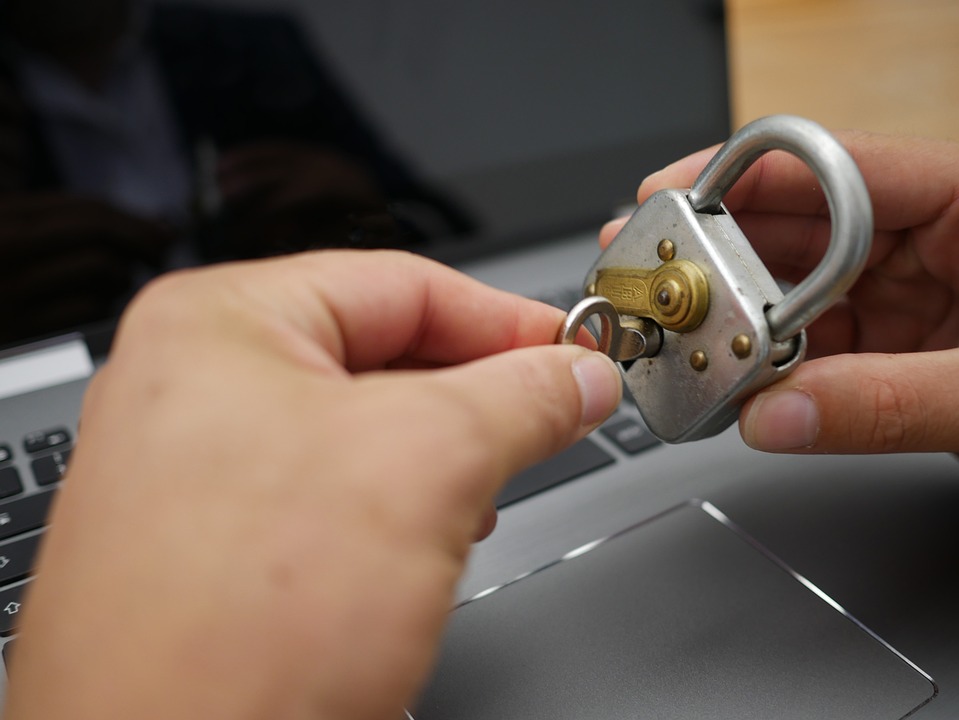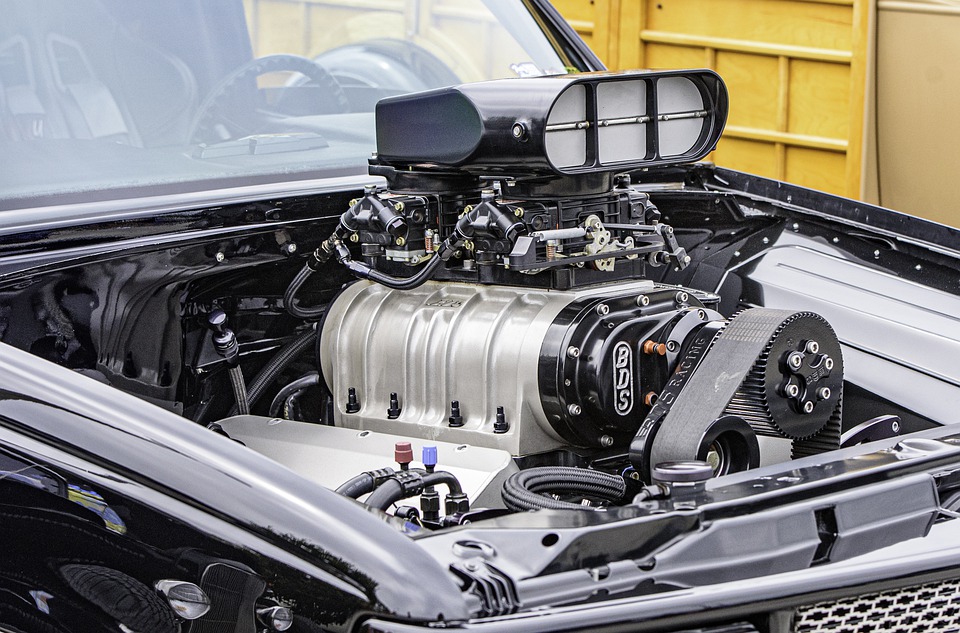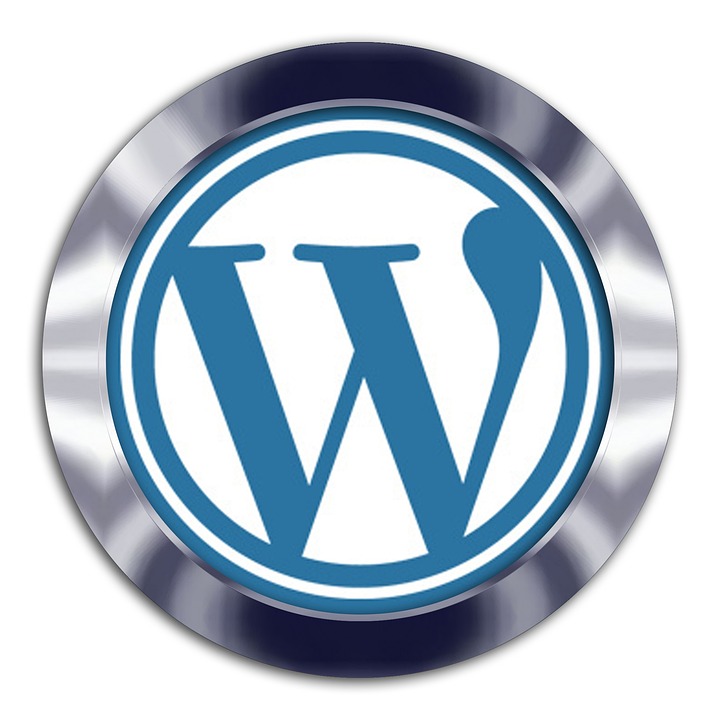WordPress is one of the most popular content management systems used to build and manage websites, powering over 40% of the internet. However, like any software, it can experience glitches and errors. Whether you are a seasoned developer or a novice site owner, understanding common WordPress error messages is key to diagnosing and resolving issues effectively. In this article, we’ll decode some of the most frequent WordPress error messages, what they mean, and how to handle them.
1. Error Establishing a Database Connection
Meaning
This error indicates that WordPress cannot connect to the database, which is essential for retrieving content and managing site settings.
How to Handle It
- Check wp-config.php: Ensure your database credentials (DB_NAME, DB_USER, DB_PASSWORD, DB_HOST) are correct.
- Test MySQL Server: Make sure that your MySQL server is running. You can often check this through your hosting control panel.
- Repair the Database: You can repair the database by adding
define('WP_ALLOW_REPAIR', true);to your wp-config.php file. Visithttp://yourdomain.com/wp-admin/maint/repair.phpto run the repair and remember to remove the line afterwards.
2. 404 Not Found
Meaning
A 404 error occurs when a user tries to access a page that could not be found on the server. This can happen because a page has been deleted or its URL has changed.
How to Handle It
- Permalink Settings: Go to your WordPress dashboard, navigate to Settings > Permalinks, and simply click "Save Changes" to refresh your permalinks.
- Check for Broken Links: Use a plugin or online tool to scan for any broken links and update or remove them.
- Restore Deleted Pages: If a page was accidentally deleted, check your Revisions or restore it from the Trash in your dashboard.
3. White Screen of Death (WSOD)
Meaning
The WSOD is a generic error that manifests as a completely blank white screen. This can happen due to PHP errors, memory limit issues, or plugin/theme conflicts.
How to Handle It
- Increase PHP Memory Limit: Edit your wp-config.php file and add
define('WP_MEMORY_LIMIT', '256M');. - Disable Plugins: Access your site via FTP or your host’s file manager, navigate to
/wp-content/plugins/, and rename the plugins folder to disable all plugins. If the site comes back, rename it back and enable plugins one by one to find the culprit. - Switch to Default Theme: Similarly, change your theme to a default WordPress theme (like Twenty Twenty-One) to see if the issue is theme-related.
4. Memory Exhausted Error
Meaning
This error means your WordPress site has exceeded its allocated memory limit, typically set by the web server. It often results in a “Fatal error: Allowed memory size of xx bytes exhausted”.
How to Handle It
- Increase Memory Limit: Again, edit the wp-config.php file and add or update
define('WP_MEMORY_LIMIT', '256M');. - Optimize Your Site: Consider removing unnecessary plugins or optimizing your database to reduce the memory usage.
5. Internal Server Error (500 Error)
Meaning
This error can arise from a variety of issues, often related to server configuration, corrupted .htaccess files, or memory limitations.
How to Handle It
- Check .htaccess File: Rename your .htaccess file via FTP to
.htaccess_oldand refresh your site. If it loads, regenerate it by going to Settings > Permalinks and clicking "Save Changes." - Increase PHP Memory Limit: As mentioned before, increasing the memory limit in wp-config.php may resolve the error.
- Check Error Logs: Access your server’s error logs to pinpoint issues.
6. Maintenance Mode Error
Meaning
This error generally occurs after an update when WordPress is left in maintenance mode, preventing the site from loading correctly.
How to Handle It
- Remove .maintenance File: Access your site via FTP, navigate to the root directory of your WordPress installation, and delete the
.maintenancefile.
Conclusion
Understanding and resolving WordPress error messages can greatly improve your site management experience. While the above solutions address common issues, always make sure to back up your site regularly before making any changes. If you’re ever in doubt, don’t hesitate to reach out to a professional developer or support resource. By decoding these error messages, you can maintain the functionality and reliability of your WordPress site, ensuring a seamless experience for your visitors.
Contact Us






